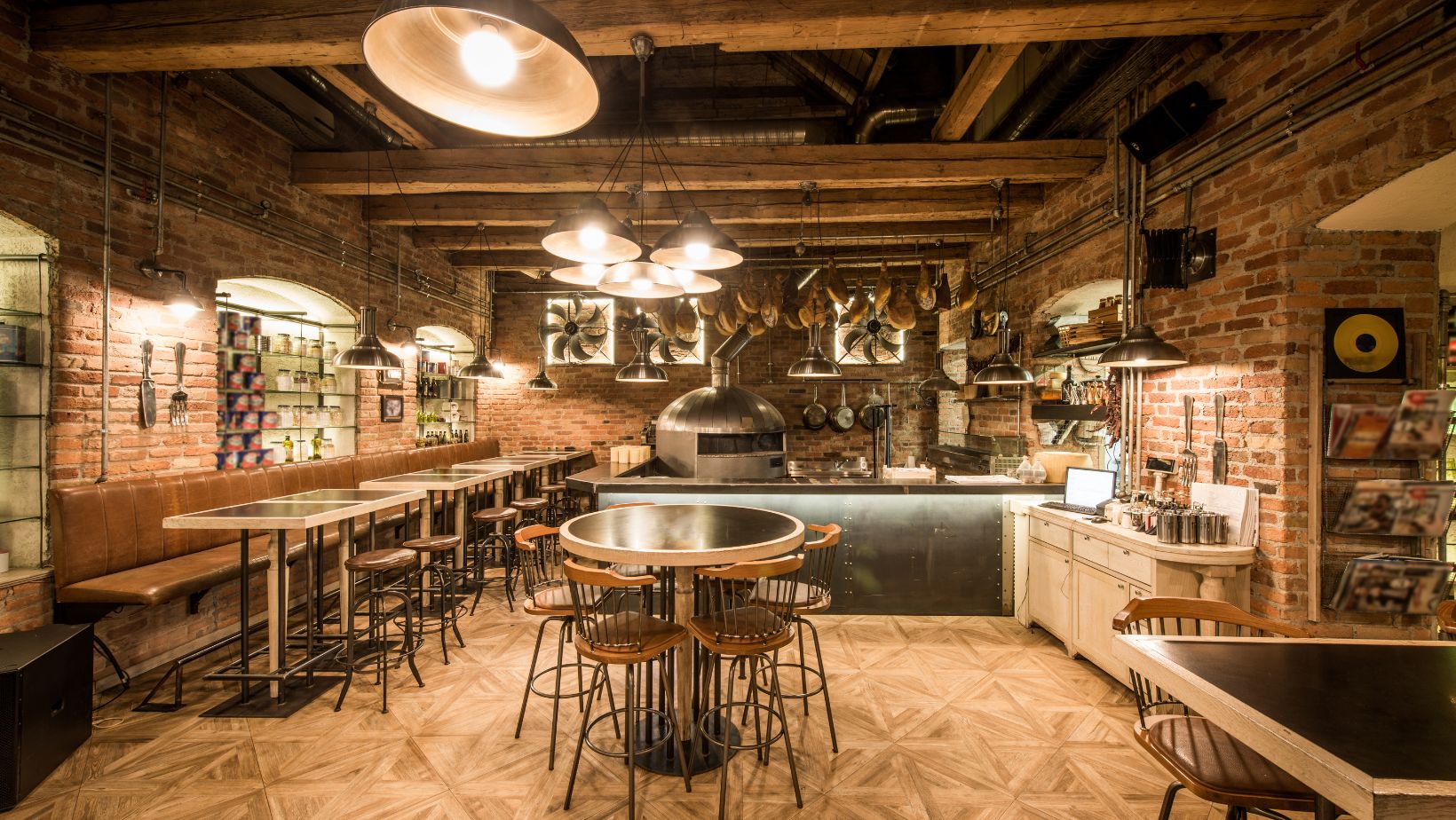The competitive nature of food service operation requires restaurants to achieve accomplishments beyond tasty dishes together with superior service standards to distinguish themselves. The appearance of a restaurant deeply influences consumer perception and their ability to recollect the establishment. The restaurant brand demands all visual components that cover logos and menus alongside signage and colors with packaging and food display representation. Each visual element works together to create a unified brand identity which leaves lasting memories on customers.
Executive-level visual branding allows restaurants to present their identity and menu types to guests even when they are outside the premises. The visuals that customers see in advance form their expectations about the dining experience whether they visit a high-end restaurant or a casual eatery.
Designing A Recognizable Visual Identity
A memorable visual brand needs more than an artistic logo for an instant association with the brand to form among consumers. Diagonal strategy makes its impact through planned color usage, typographical choices together with imagery elements and design implementation throughout the consumer interaction chain. A restaurant possessing rustic coloring elements and textured materials produces a feeling of home-style rural dining whereas contemporary color arrays with straightforward lines display a quick-paced modern dining experience. Different elements such as menu design and staff clothing together with website organization collectively produce this impression.
Consistency stands as the essential factor which leads to achievement. Continuous visual consistency makes all branding elements automatically recognizable for customers throughout their experience with a brand. The same identity must tie together all brand materials presented through social media posts and takeout boxes and storefronts. Brand memory clarity builds through consistency which makes the restaurant easier to recognize and more dependable in the eyes of its targeted customers.
Creating Atmosphere Through Visual Design
Visual branding extends its reach from external materials to affect the spatial environment within the restaurant space. The restaurant sets the customer experience through proper decoration of dining areas alongside suitable lighting elements and strategic furniture arrangements. The proper branding of an interior space leads customers to spend more time in the restaurant and generates marketing opportunities from their firsthand experiences that they share with others.

An effective atmosphere creates employee success because it promotes alignment among staff toward the restaurant’s purpose as well as its general character. Staff members find it simpler to maintain restaurant values through their representation because branding provides immersive clarity. Internal branding tools achieve maximum effectiveness when both customer service and workplace traditions work in complete alignment leading to enhanced performance in both areas.
Supporting Marketing With Visual Elements
When brands have strong visuals they improve all marketing activities both on print and online media platforms. The current social media media environment relies mostly on images. In a busy digital setting restaurants which implement professional image content and branded design features alongside uniform color schemes create a more noticeable presence. The restaurant’s message becomes more effective because both steady updates and regular promotions work better with consistent branding visual elements.
A visual match in appearance exists between all print materials used such as flyers and loyalty cards and promotional posters. Brand trust grows stronger as customers see that every marketing element maintains the same visual design. Restaurant POS systems help implement marketing plans while running loyalty programs while their printing capabilities produce receipts that maintain brand consistency.
Connecting With The Right Audience
Different styles of visual branding appeal to different demographics. Different demographics respond to separate branding languages because young professionals would appreciate minimalistic design elements paired with bright visuals and contemporary typefaces but families connect better with comforting images used alongside friendly text styles and approachable visual components. Restaurants should establish their target audience to create branding components that specifically resonate with these consumers.
This relationship stands important for delivering clear expectations. A brand message indicating high-class dining yet presenting a casual environment will create a dissonant experience for customers. Restaurants that merge branding styles with customer choice patterns will generate trustworthy brand experiences which lead to continued business from customers.
Building Brand Trust And Reputation
A restaurant gains credibility through quality maintenance operations of its visual brand identity.

The trustworthiness of a restaurant increases directly with its appearance of sophistication throughout all customer contact points. Inconsistent branding that appears dated causes dysfunction that might make customers doubt both their dining experience and the establishment’s operational stability. From the initial encounter with visuals the brand uses viewers to become instantly influenced in their decision-making process before they ever taste the food.
The technological systems used in current restaurant operations integrate visual branding elements into their operations. The restaurant POS system needs to display digital ordering systems as well as menus and screens with branding elements which match those present throughout the dining areas. Every touchpoint that maintains cohesive branding elements throughout creates professional brand experiences which boosts customer trust in the business.
Maintaining Relevance And Adaptability
Consistency stands vital yet visual branding needs sufficient flexibility to match evolving market trends and changing customer interests. The periodic application of new design variations paired with seasonal elements and short-term theme changes respects core brand identity while keeping the whole brand feeling dynamic and fresh. The implementation of updates requires careful strategic planning followed by comprehensive testing which will ensure brand recognition as well as cultural alignment.
The restaurant POS system serves as a technology platform for distributing updates to various channels through an organised and efficient approach. Web-based design elements can stay consistent through maintenance efforts even during brand restructures to provide smooth transitions between staff members and clients.
Conclusion
Visual branding functions beyond visual appeal because it establishes what customers recall and how they react to and trust a restaurant. Design consistency together with attention to detail enables restaurants to develop strong customer bonds while also strengthening their marketing potential and promoting long-term business expansion. Businesses must put money into designing their brand image while applying it across all customer touchpoints such as the restaurant Point of Sale system to establish their enduring brand representation.
